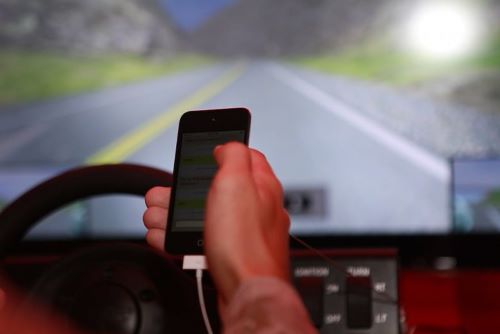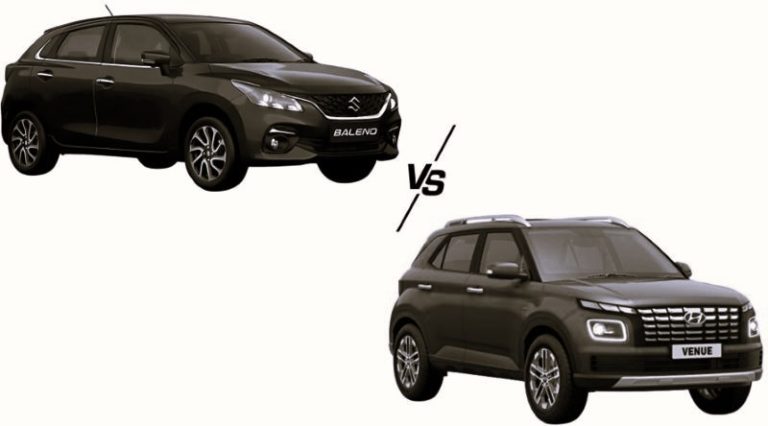

Most drivers are guilty of some type of distracted driving. You may not even realize you’re guilty of the behavior at the time. When you think of distracted driving, cell phone use probably comes to mind. Yes, it’s a common culprit, but it’s not the only thing that can take your attention off the road.
Did you know that around 20% of car accident fatalities are caused by distracted driving nationwide? This statistic includes motor vehicle, pedestrian, and bicyclist fatalities. While you can’t control the behavior of other drivers, you can take steps to avoid becoming a statistic. This starts with learning more about the different types of distracted driving.
The Four Types of Distracted Driving
Distracted driving is typically divided into four categories: manual, visual, auditory, and cognitive distractions. Each type of distraction is equally dangerous. After all, it only takes a second of inattention to get into a vehicle accident.
Did you know you can travel the distance of a football field in around 3 seconds at 50 mph? So, if you glance away from the road to look at an incoming text for a couple of seconds, you’ve covered around 100 yards without seeing anything.
A lot can happen in 100 yards, like a pedestrian stepping out onto the road or a vehicle suddenly slowing down.
What are Manual Distractions
A manual distraction is anything that forces you to take one or both hands off the steering wheel. There’s a good reason your driver’s ed instructor stressed the importance of keeping both hands on the steering wheel.
Removing one or both hands can affect your reaction times and make it harder to control the vehicle. If a hazard suddenly appears on the road, you may not be able to steer around it in time. When your hands aren’t on the steering wheel, your vehicle can also drift into another lane or even off the road.
Some examples of manual distractions include eating and drinking while driving. Yes, your morning cup of coffee is considered a manual distraction. Every time you pick up the coffee cup, you’re taking a hand off the steering wheel. Rummaging through your purse, briefcase, and other belongings or playing with the radio station are also considered types of manual distractions.
Before turning over the ignition, take a minute to set the radio station and adjust the heater or air conditioner. If you’re traveling with a little one, make sure they’re comfy and securely belted in before driving. If you’re bringing along food or a drink, wait to indulge until the vehicle is safely parked.
What Are Visual Distractions
Visual distractions are the most common form of distracted driving. The term applies to anything that causes you to take your eyes off the road.
Yes, if you’ve ever glanced over at a traffic accident while behind the wheel, you’re guilty of distracted driving. An insurance industry study suggests that an estimated one-fifth of traffic accidents are caused by rubbernecking.
Along with gawking at a vehicle accident, texting is another common visual distraction. Checking your GPS coordinates, playing with the vehicle’s infotainment system, and glancing at eye-catching billboards are other examples. Even looking briefly out the driver’s side window at some stunning scenery is a form of visual distraction. Remember, your vehicle can travel farther than you think when you’re not watching the road.
To limit your visual distractions, put your cell phone away when driving. You can always respond to a text or call when you arrive at your destination. If you can’t wait that long, pull over to a safe area and respond to the call or message. You also want to have your GPS coordinates set and ready to go before leaving.
While on the road, try to remind yourself not to gaze out of the side windows. Yes, it’s almost impossible to pass an accident without at least giving it a glance. However, you don’t want to become another accident statistic.
What are Auditory Distractions
Unlike some other types of distractions, auditory ones aren’t always considered—maybe it’s because we’re used to hearing the stereo blasting from passing vehicles. Regardless of the reason, auditory distractions can have disastrous consequences. If you’re blaring your radio, there’s a chance you may not hear approaching emergency vehicle sirens.
Loud music and talk shows aren’t the only types of auditory distractions. For instance, a barking dog in the back seat or a crying child can cause you to stop paying attention to your driving, and even a loud passenger can be a distraction.
You can’t prevent your child from crying or your pet from barking, but you can remind yourself to stay focused on the road. Turning the volume down on the radio can help ensure you can hear emergency sirens and get out of the way. If your passengers are too loud, remind them to keep their voices down.
What are Cognitive Distractions
Cognitive distractions are a little harder to avoid. You can have both hands on the steering wheel and eyes glued to the road and still not notice what’s going on. When your mind is on anything other than your driving, you’re distracted.
Some examples of cognitive distractions include using a hands-free device. Instead of paying attention to your driving, you’re focusing on the text or phone call. Carrying on conversations with your passengers can also take your mind off the road, but this doesn’t mean you need complete silence; only limit your participation in the conversation. Singing along to the radio and daydreaming are other examples.
A reason why cognitive distractions can be particularly dangerous is your passengers and other motorists may not realize you’re not concentrating on your driving. Since your eyes are pointed straight ahead and your hands are on the wheel, you appear to have complete control over the vehicle. However, your brain isn’t processing what’s going on around you. In serious cases, such as when impaired driving is involved, you may need to consult a DUI lawyer for legal guidance, especially if the distraction leads to an accident.
You Can Avoid Engaging in Distracted Driving Behaviors
You can’t eliminate all distractions, but you can minimize most. For unavoidable distractions, such as a crying infant, remind yourself to stay focused on your driving.
If you’re involved in a distracted driving accident, contact an attorney. You have legal rights that may include receiving compensation for your damages. An experienced attorney can help you navigate the legal process and ensure you receive the compensation you deserve.


